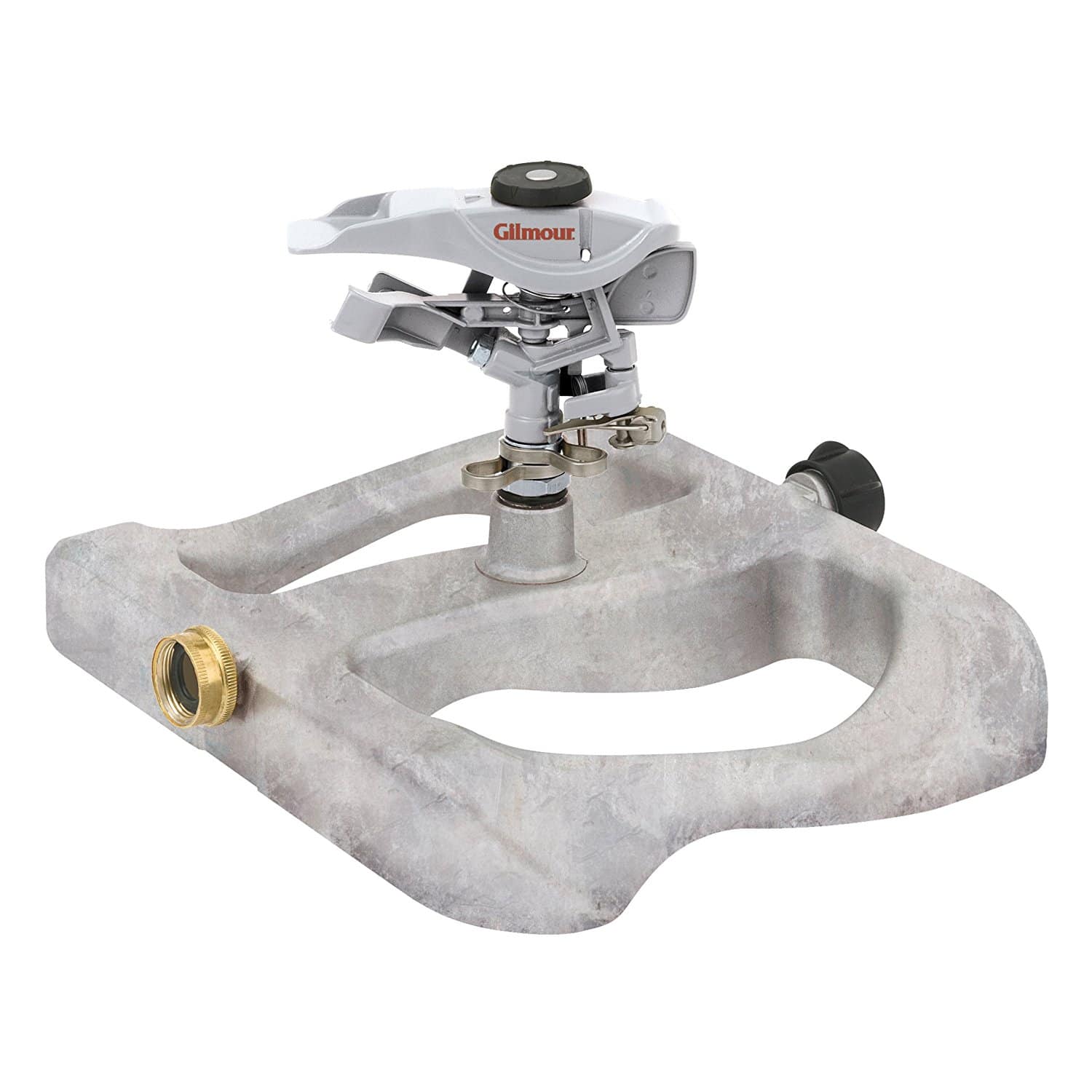What is Mulch and How Much is Too Much?
Before diving into the negative effects of excessive mulching, it is important to understand what mulch actually is. Mulch is a layer of organic or inorganic material, such as bark, compost, or stones, that is spread on top of the soil to help maintain soil moisture, suppress weed growth, and improve soil fertility.How Much Mulch is Too Much?
While a layer of mulch can benefit your garden, adding too much mulch can kill your plants. When piling mulch too high, it can create a thick layer that prevents water and air from reaching the roots of the plants. The ideal thickness for a mulch layer is about 3 inches.What Happens When There is Too Much Mulch?
When too much mulch is added, the mulch may become wet and start to decompose. As it decomposes, it uses up the nitrogen in the soil that plants need to grow, resulting in stunted or dead plants. Thick layers of mulch can also create a hiding spot for pests such as voles and create an acidic soil pH that many plants do not like.Can Mulch Kill Plants?
Mulch can kill plants if too much is added or if it is piled up against the trunks of trees and shrubs. When mulch is piled up against the trunks, it can lead to moisture buildup, which can cause fungi and bacteria to grow, ultimately rotting away the roots.What Type of Mulch is More Likely to Kill Plants?
Some types of mulch, such as fresh mulch, are more likely to kill your plants than others. Fresh mulch is mulch that has not yet decomposed and is still giving off heat. When applied to plants, it can cause heat stress and kill the plants.How to Avoid Killing Plants with Mulch?
To avoid killing your plants with mulch, make sure to keep a one inch layer of mulch at most and keep it about 2-3 inches away from the trunks of trees and shrubs. Also, it is important to stir up the mulch layer every once in a while to prevent the buildup of harmful fungi and bacteria.Does Mulch Prevent Weeds?
One of the benefits of mulch is its ability to suppress weed growth. A thick layer of mulch can prevent sunlight from reaching the soil, making it difficult for weed seeds to germinate and grow.What Type of Mulch is Best for Weed Control?
Organic mulches, such as pine bark and compost, are more effective in preventing weed growth than inorganic mulches, such as stones or gravel. They add organic matter to the soil, which can improve soil fertility and promote healthy plant growth.How Often Should You Mulch to Control Weeds?
To control weeds, it is recommended to add a thinner layer of mulch, about 1-2 inches, every year. This will ensure that the previous year’s mulch decomposes and does not build up excessively.What is a Mulch Volcano and Why is it Bad for Trees?
A mulch volcano is a pile of mulch that is piled up against the trunks of trees and shrubs, creating a mountain of mulch that resembles a volcano.Why is a Mulch Volcano Bad for Trees?
Mulch volcanoes are bad for trees because they can cause excessive moisture buildup, which can lead to fungal and bacterial growth, ultimately killing the roots of the plants. The mulch can also provide a hiding spot for pests that can damage the trunks of the trees.How to Properly Mulch Around Trees?
To properly mulch around trees, use a thin layer of mulch, about 2-3 inches, and keep it at least a few inches away from the trunk of the tree. This will prevent moisture buildup and give the roots the space they need to grow.Is Fresh Mulch Bad for Plants?
Fresh mulch is mulch that has not yet decomposed and is still giving off heat. It is often a dark brown color and has a strong odor.What Happens to Plants When Fresh Mulch is Applied?
When fresh mulch is applied to plants, it can cause heat stress and kill the plants. This is because the heat that is given off by the fresh mulch can be too intense for the plants to handle.How Long Should You Wait Before Applying Fresh Mulch Around Plants?
To avoid killing your plants with fresh mulch, it is recommended to wait at least a few weeks after applying the mulch before planting anything. This will give the mulch time to decompose and release some of the nitrogen it has consumed. In conclusion, while mulch can have numerous benefits for your garden, adding too much or using the wrong type of mulch can have negative effects on plant growth and health. It is important to use a thin layer of mulch, avoid piling it against the trunks of trees and shrubs, choose the right type of mulch for your plants, and stay vigilant in maintaining and replacing the mulch layer.Q: Is too much mulch bad for a garden?
A: Yes, excess mulch can be harmful to garden plants and trees. The key is to use the right amount, not too much or too little.Q: How much mulch should I use around trees?
A: When mulching around trees, it’s important to avoid creating a “volcano mulch” by piling up too much mulch against the tree trunk. Instead, spread a one inch layer of mulch around the base of the tree, and make sure the mulch is not touching the trunk.Q: Can mulching help protect plants in the winter?
A: Yes, mulching can help insulate plant roots from freezing temperatures in the winter, and help keep the soil from drying out too quickly in the summer.Q: Should I remove old mulch before adding new mulch?
A: It’s a good idea to remove any old, compacted mulch before adding new mulch, as the old mulch can prevent water and air from getting to the plant roots.Q: Is it true that too much mulch on top of the soil can suffocate plant roots?
A: Yes, plant roots need air in the soil to survive, and wet mulch can reduce oxygen levels in the soil, leaving plants thirsty and vulnerable to pests and diseases.Q: Can I pile mulch up around landscape plants?
A: It’s best to avoid piling mulch up against the stems or trunks of landscape plants, as this can cause excess moisture and lead to fungal diseases. Instead, spread a layer of mulch around the plant and keep it a few inches away from the stem or trunk.Q: How much mulch is too much when it comes to garden beds?
A: Applying more than a four inch layer of mulch on garden beds can cause excess moisture and prevent air from getting to plant roots, which can ultimately kill plants.Q: Is bark mulch a good choice for plants?
A: Bark mulch is a good choice for plants, especially acid-loving plants, as it can help to lower the pH of the soil.Can Covering Dirt in the Backyard with Mulch Harm the Garden?
Covering dirt backyard with mulch can actually benefit the garden. Mulch helps retain moisture, suppresses weed growth, and regulates soil temperature. It also enhances soil fertility as it decomposes, providing essential nutrients. However, it’s important to use organic mulch and avoid smothering plants by keeping a distance between the mulch and the stems.









